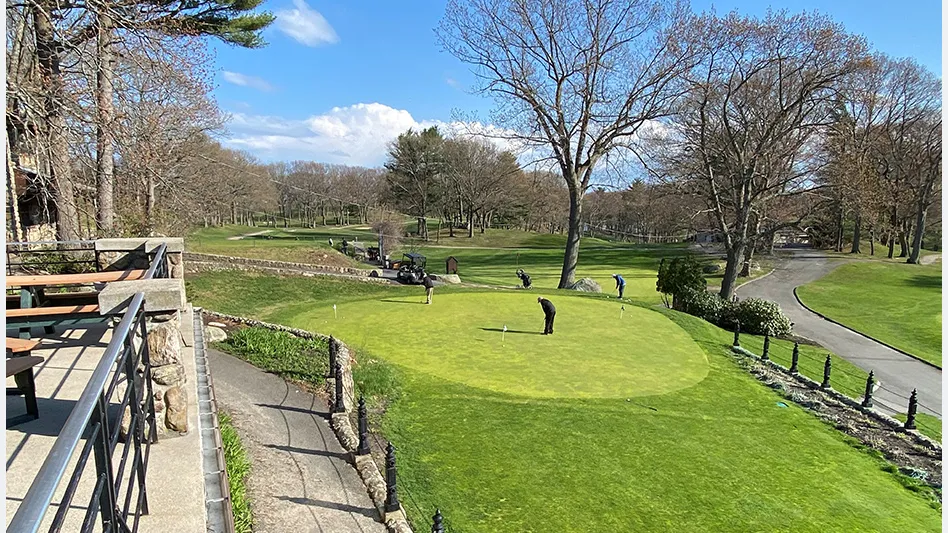
Guy Cipriano
Massachusetts is home to some of the oldest and most revered public-access and private courses in the country, so it’s no surprise that the Bay State is brimming with avid golfers. The game’s popularity has soared in recent years, leading to a host of benefits for playing and non-playing residents.
The 2022 Economic Impact Report, which was developed for the Alliance of Massachusetts Golf Organizations, showed that in 2022, Massachusetts’ golf industry supported nearly 35,115 jobs, paid out $1.9 billion in wage income, raised over $72.2 million in charitable giving, and contributed $225.8 million in state and local taxes.
“Golf's popularity has exploded since the last time this report was released, and its impact on the Commonwealth is significant,” said Mike Higgins, executive director of New England, PGA Section of America.
The game generated $2.06 billion in direct economic activity, an increase of 19 percent over its $1.74 billion impact in 2012. When considering indirect economic stimulation in industries such as tourism, hospitality, and real estate, the total economic impact topped $3.3 billion.
“This report reflects the incredible levels of impact and engagement we have been experiencing throughout the industry, which benefits and supports citizens throughout the Commonwealth,” said Jesse Menachem, executive director/CEO of Mass Golf. “From playing the game, to working in the game, to giving back to a local charity, golf is a vehicle that is essential to our economy, environment and well-being. This was proven throughout the pandemic and holds true given the figures in this report that we were able to achieve through the monumental year of 2022.”
The market for golf continues to thrive in Massachusetts, supporting 221 public-access facilities, plus 37 standalone driving ranges and 43 simulator locations. Survey results estimated that 93 percent percent of facilities offer a junior program.
The abundance of golf courses also affords residents approximately 52,000 acres of green space in the state.
“Golf course superintendents have put an emphasis on the environment, outlined in the Best Management Practices for Massachusetts golf courses, and are helping ensure the game remains sustainable,” GCSA of New England executive director Don Hearn said.
Elaine Gebhardt, executive director of the New England Golf Course Owners Association, added: “I am so proud of the way AMGO came together to spearhead efforts like the Economic Impact Study. No single organization could pull this off, but as a team we can get the job done. We have a great story to share and now we have current figures to back it up.”
Latest from Golf Course Industry
- Devising safer landings
- SiteOne adds Durentis to product offerings
- Resilia available for purchase in Hawaii
- What can $1 million do for expanding the industry workforce?
- Captivating short course debuts on Captiva Island
- Wonderful Women of Golf 35: Carol Turner
- The Andersons acquires Reed & Perrine Sales
- Excel Leadership Program awards six new graduates





